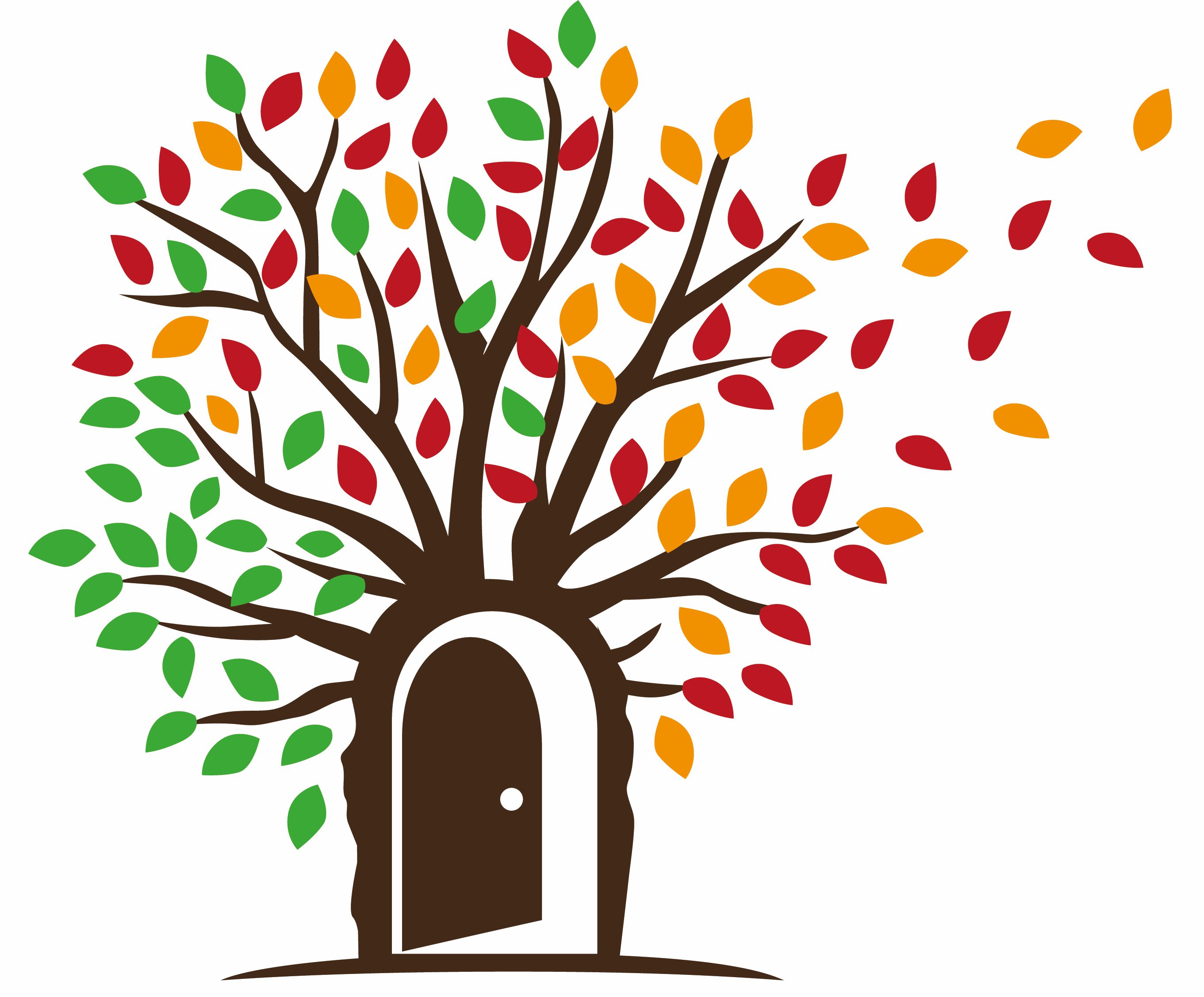
If you will have your young children at home this fall, either by choice or necessity, this can be a great time to build into their natural curiosity and do, in many cases, much more than is possible in congregant settings. Show them that learning new things every day is fun, and that this is a happy new chapter together. I am FOR you!
Even remotely, the beginning of school is a new start on a blank page, an opportunity to redefine and recreate. So, together, create a lovely “setup” for each learner in the house — toys, tools, and books organized and within a child’s reach, and welcoming places to use them — and then establish your new routine.
The schedule
Everyone needs a schedule that works for everyone. Without it, burnout for adults and wasted time for children. Pretty soon, days have passed with nothing to show but screen time. In this approach, you’ll start with sleeping and eating times, and then fill in the details.
1. Figure out sleep, wake, and nap/rest times. Adequate, refreshing sleep on a regular schedule keeps everyone more positive.
2. Set a meal schedule and figure out how much, when and who will do the shopping, cooking, and cleanup. Click here for kids in the kitchen timesavers, lunch with math, a printable monthly plan, and more.
3. Make a list of activities. Decide what you would like to do everyday, certain days, every week, and on special occasions. The only rules are:
Schedule routine is good – activity variety is good – affirming, life-giving grace is good … for everyone
A good plan prevents boredom and burnout, so change an overall plan that isn’t working — flexibility is fine
Healthy boundaries actually create freedom
Balance and timing are everything — I knew a dear homeschool family who just decided the kids would eventually learn to read on their own. That’s too much flexibility. On the other hand, even a good idea done after a very busy day, when hungry, or past bedtime can fall flat. So, make a pretty good plan and try it for a week.
What to actually DO
The chief complaint I hear from parents suddenly at home full time with their children is that they’ve never spent every day, all day, together and just don’t know what to do. In my experience, the solution for everyone’s sanity rests in planning a variety of relatively short activities on a very predictable schedule.
Start simple. Each day features 3 meals and 1 or 2 snacks. That’s a handy framework. In between, here are several ideas. Try a few, see what works, and go from there.
- calendar and weather activities
- letter of the week activities
- 2 or 3 fun, short, educational TV programs (see Amy Mitchell’s educational television recommendations to get started)
- trip to the grocery store
- clean-up time after each activity
- a kitchen craft/cooking activity, which I LOVE in the high chair for a small kitchen, or a child-sized table if there’s enough space (Cars in Cornmeal, homemade playdough, make snacks together, painting, “messy mixtures” finger painting, more.)
- cloud shapes, sunrises, sunsets
- read aloud before bed and one other time during the day
- connect virtually with family and friends for visits, parties, story times. Use this time to practice sequencing a story. Pick an event that happened within the last couple of hours and ask your child to tell what happened in order — you provide the prompts first, then, last.
- provide time for non-digital puzzles and games
- fort time, basic sheets over chairs or pop-up cubicles
- easy exercises together
- weekly allowance and jars
- write letters, draw pictures for friends and relatives; address, stamp, and mail
- make seasonal decorations — paper chains, tissue paper/pipecleaner flowers in a painted clay pot, holiday ornaments
- church
- time outdoors feeding the birds, watching animals, playing in the dirt, climbing on a swingset, etc. *including rainy days
- 15 minutes on something digital and educational
- coloring, art project
- music with rhythm instruments — pots, lids, wooden spoons, oatmeal boxes …
- nap time for everyone
You won’t do them all every day; make a weekly schedule that works. But at the end of each day have wind down time with a bath or shower, back rub, story, prayer, and lights out. Peaceful.
Plan these and do some close version each day, even designating certain days of the week for certain special activities.
Consider using your “letter of the week” to practice printing. For thoughts on the right size lined paper, I like the old-school Writing Road to Reading/Spalding Method. This method teaches that forming letters properly from the start helps with reading and writing for life. E-mail me if you would like PDF downloads of resources, info@seasonsofparenting.com.
*About rainy days. Don’t be shy about getting wet and even muddy outside with your children. Celebrate nature, weather, and the seasons with your preschoolers. Just like snow days, rainy days offer wonderful opportunities for a change of pace and a world of outdoor discovery. Let everyone splash in puddles with you, send 2 or 3 different objects into a gutter stream of water and watch them sail down the street, sing rainy day songs in a family parade, rescue stranded worms on the sidewalk, compare the colors of wet things and dry things, find densely leafed trees that provide a canopy and others that create little showers when shaken. Get soaking wet, then come indoors, clean up, and have a snack and lovely rainy afternoon or evening together.
You can DO this! Make a basic plan and then have fun.
